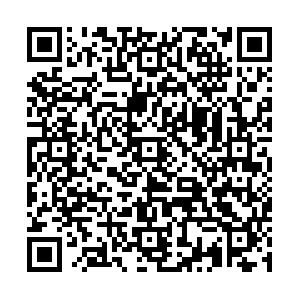Abstract:
Objective To observe the clinical efficacy of acupuncture myofascial trigger point in the treatment of low back myofascial pain syndrome(MPS) based on infrared thermal imaging technique.
Methods According to the inclusion criteria and exclusion criteria, 60 patients with MPS were randomly divided into treatment group(
n=30) and control group(
n=30). The treatment group was treated with infrared thermal imaging to locate and acupuncture the trigger points of inactivated muscle and fascia, while the control group was treated with acupuncture at traditional acupoints. Patients were treated once every other day, 3 times a week for 2 weeks. After the course of treatment, the infrared thermal imaging distribution map, McGill simplified scale pain score and clinical curative effect analysis were observed before and after treatment.
Results There was no significant difference in PRI score, VAS score and PPI score between the two groups before treatment(
t=-0.399,-0.454,-0.210), all
P>0.05. The scores of PRI, VAS and PPI in the two groups after treatment were significantly lower than those in the same group before treatment, and there were significant differences in the scores of PRI, VAS and PPI between the two groups after treatment, and the degree of improvement in the treatment group was more obvious than that in the control group. At the same time, the high temperature area of low back in the treatment group was significantly lower than that before treatment, and the distribution of the high temperature area in the control group was also lower than that before treatment, but there was still a certain gap between the treatment group and the observation group.
Conclusion Acupuncture inactivation after locating the myofascial trigger point by infrared thermography is an effective, rapid and accurate method for the treatment of low back myofascial pain syndrome, which is worthy of clinical application.

 点击查看大图
点击查看大图



 下载:
下载:
